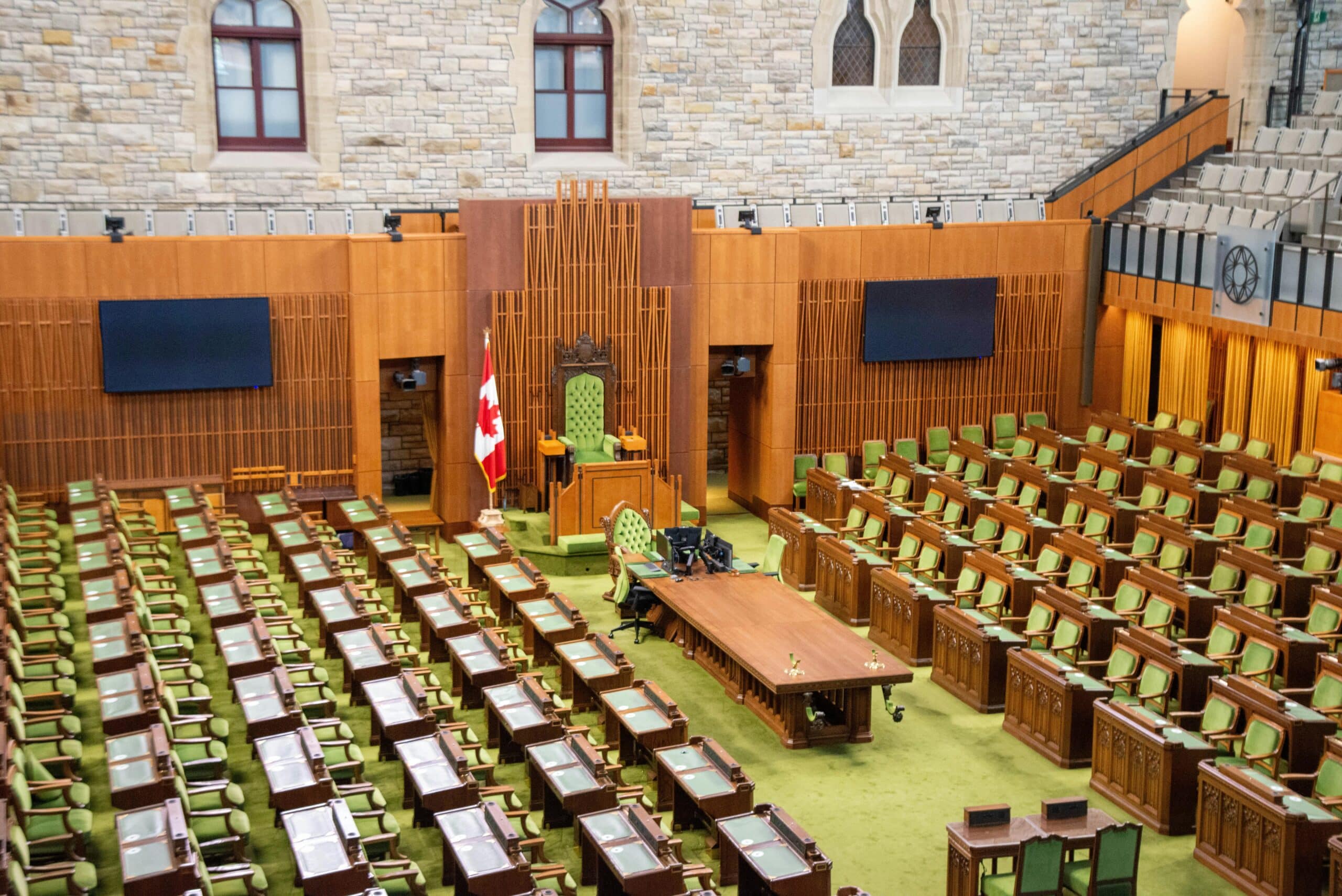For months, investors and business owners across Canada were preparing for a major shift in tax rules. Ottawa had planned to increase the capital gains inclusion rate in June 2024. That deadline has now been pushed back. The change is scheduled for January 1, 2026, but with recent political developments, even that may never happen.
This delay offers short-term relief. It also leaves Canadians in a familiar position: planning for an uncertain future.
Why the Government Stepped Back
The federal budget introduced an increase to the inclusion rate from 50 percent to 66.67 percent. For individuals, the higher rate would only have applied to annual gains above $250,000. Corporations and most trusts would have been subject to the higher rate on all gains.
The Department of Finance later confirmed that the plan was not ready to move forward. Instead, it will revisit the measure in 2026 [1]. For the next two tax years, gains will continue to be taxed under the existing 50 percent inclusion rate.
Other Budget Changes Still Apply
Not every measure was put on hold. Two major changes announced alongside the inclusion rate hike remain in effect:
- Lifetime Capital Gains Exemption (LCGE): The exemption has increased to $1.25 million for the sale of qualifying small business shares and farming or fishing property [2].
- Canadian Entrepreneurs’ Incentive (CEI): This incentive gradually lowers the inclusion rate to one third on up to $2 million in lifetime gains for eligible entrepreneurs on the sale of eligible business property. It begins to phase in this year, with full implementation by 2029 – i.e., maximum $400,000 capital gain will be eligible for CEI per year [3].
These programs provide targeted relief, especially for owners of private companies.
What This Means for Individuals
For individuals, the pause means more time. If you were weighing whether to sell investments in 2024 to avoid a bigger tax bill, that urgency has eased. The 50 percent inclusion rate remains in place through 2025.
The government is delaying the effective date of the increase to January 1, 2026. The Federal Liberals considered a pause on collecting the new taxes and the Finance Minister Dominic LeBlanc confirmed this on the social media platform X. [4].
It is also worth noting that changes to the Alternative Minimum Tax (AMT) began in January 2024. Even with the inclusion rate unchanged, some taxpayers with large gains may face higher AMT exposure [5].
What This Means for Corporations and Trusts
Corporations and most trusts do not benefit from the $250,000 cushion. For them, the higher inclusion rate would apply across the board. The delay preserves the 50 percent rate for another two years, which creates a window to review long-term planning.
This is an opportunity for business owners to revisit succession strategies, consider timing of dispositions, and look closely at how the higher LCGE might help reduce future liabilities.
Politics Still at Play
While the new start date is 2026, politics could alter the path again. In March 2025, Prime Minister Mark Carney announced his government would cancel the increase altogether [6]. If that decision stands, the inclusion rate will remain at 50 percent. Whether a future government might reintroduce the idea is impossible to predict.
What To Take Away
- The 50 percent inclusion rate applies in 2024 and 2025.
- You have time to consider the timing of sales or transfers.
- The LCGE increase is already in place and could benefit many families.
- Political uncertainty makes flexibility a priority.
- Professional advice is critical to navigate these moving parts.
Moving Forward
The postponement of the inclusion rate hike may come as a relief, but it should not lead to inaction. Markets, governments, and personal circumstances can all change quickly. Planning with today’s rules in mind, while staying prepared for tomorrow, is the best way forward.
At Zeifmans, we can help you make sense of these developments. Whether you are thinking about selling a business, planning retirement, or considering investment strategies, our advisors can work with you to create a plan that fits your goals. Check out our guide for Entrepreneurs and Family Businesses here.
Footnotes
[1] Government of Canada, “Government of Canada announces deferral in implementation of change to capital gains inclusion rate,” January 31, 2025. https://www.canada.ca/en/department-finance/news/2025/01/government-of-canada-announces-deferral-in-implementation-of-change-to-capital-gains-inclusion-rate.html
[2] Government of Canada, “Budget 2024: Capital Gains Inclusion Rate,” June 2024. https://www.canada.ca/en/department-finance/news/2024/06/capital-gains-inclusion-rate.html
[3] Government of Canada, “Canadian Entrepreneurs’ Incentive,” Budget 2024 measures. https://www.canada.ca/en/department-finance/news/2024/04/the-new-canadian-entrepreneurs-incentive.html
[4] CBC News, “Capital gains tax increase delayed until 2026, federal government confirms”. https://www.cbc.ca/news/business/capital-gains-reversal-1.7446522
[5] PWC: Tax Insights/Changes to the alternative minimum tax are enacted. https://www.pwc.com/ca/en/services/tax/publications/tax-insights/changes-alternative-minimum-tax-enacted-2024.html
[6] Office of the Prime Minister, “Prime Minister Mark Carney cancels proposed capital gains tax increase,” March 21, 2025. https://www.pm.gc.ca/en/news/news-releases/2025/03/21/prime-minister-mark-carney-cancels-proposed-capital-gains-tax-increase



